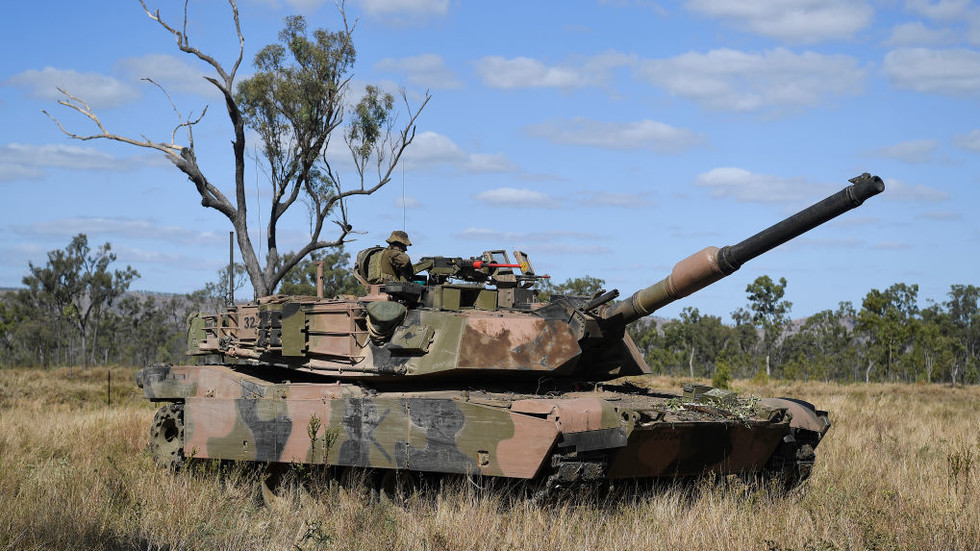Australia has announced its decision to donate most of its retired M1 Abrams tanks to Ukraine in response to ongoing requests for military support from Kiev amidst the ongoing conflict with Russia. The commitment was revealed by Australian Defense Industry Minister Pat Conroy during a press conference in London, emphasizing Australia’s resolve to support Ukraine in ending the war on favorable terms. The donation consists of 49 tanks out of the 59 that were retired in July, marking a significant shift in Australia’s military assistance after months of Ukraine urging for additional hardware. Australia aims to replace its older M1A1 models with 120 of the newer M1A2 tanks under a contract finalized with the U.S. in January 2022.
Ukraine’s Ambassador to Australia, Vasily Myroshnychenko, had previously expressed disappointment over Australia’s earlier choices not to donate its multi-purpose Taipan helicopters or to scrap its retired long-range patrol vehicles and boats, which could have been sent to aid Ukraine. The former Australian army chief, General Peter Leahy, publicly questioned the rationale behind the initial decision to withhold the tanks, noting their competence, maintenance condition, and the keen interest of Ukrainian forces in acquiring them. His remarks reflected a growing sentiment that the Australian tanks could provide substantial support to Ukraine’s military efforts.
The tanks, while nearing the end of their operational lifespan, were not used in combat and will undergo necessary repairs prior to their dispatch to Ukraine. According to reports, some of the donated vehicles may be dismantled for spare parts to facilitate the maintenance of those sent to the front lines. This assistance comes amid a backdrop of previous calls from Ukraine for Western-made tanks, particularly ahead of what became a failed spring offensive in 2023, showcasing the urgency of bolstering their armored capabilities against Russian forces.
Despite the anticipation surrounding the arrival of Western tanks, including the Abrams models, the previous deliveries from the U.S. and other allies, such as the UK’s Challenger 2 vehicles, have proven problematic. Instead of serving as a decisive advantage in the battlefield, reports indicate that these tanks have been vulnerable to modern warfare tactics involving drones and guided artillery. Damaged units often require extensive repair processes in locations like Poland, delaying their return to operational status and emphasizing challenges in integrating these systems into existing military strategies.
Russian authorities have consistently criticized the flow of military support to Ukraine from the U.S. and its allies, suggesting that such efforts only extend the conflict without altering its eventual outcome. They argue that increasing foreign military assistance is merely prolonging a war that could have been resolved otherwise. In this context, the West maintains that its support for Ukraine, encompassing significant amounts of funding and military equipment, does not equate to direct involvement in the conflict, though this perspective remains contested by various international observers.
The decision by Australia to contribute a substantial portion of its armored capabilities underscores a shift in its military engagement approach regarding the Ukraine conflict. This step reveals an increasing willingness among Western nations to provide critical military hardware in light of Russia’s ongoing aggression, as well as a response to the pressing requests from Ukrainian leadership for more sophisticated weaponry. The donation of M1 Abrams tanks represents a notable development in the international military assistance landscape centered around the conflict, indicating that Western allies continue to adapt their strategies to meet the evolving needs of Ukraine’s defense forces.

